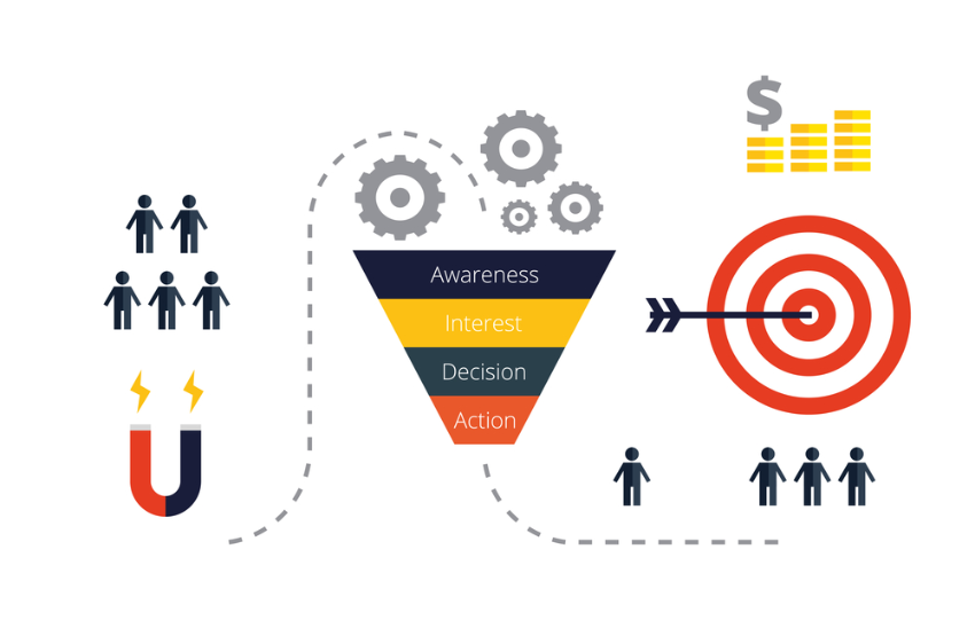
The difference between vanity metrics and actionable metrics lies in their ability to drive informed decision-making and meaningful business insights.
Vanity Metrics:
- Definition: Vanity metrics are numbers that look good on paper but don’t provide deep insights into the performance of a business or product. They often look impressive but don’t help you make informed decisions or take meaningful actions.
- Examples:
- Total website visitors
- Social media likes or followers
- Number of app downloads
- Total page views
- Why they’re not helpful: While vanity metrics can boost morale or serve as a PR tool, they don’t correlate with actual business growth or customer engagement. For instance, getting thousands of app downloads may look impressive, but it doesn’t indicate if users are sticking around, using the app, or converting to paying customers.
Actionable Metrics:
- Definition: Actionable metrics provide meaningful data that can guide decisions, help improve performance, and drive change. These metrics reveal insights into key business processes and customer behavior, allowing teams to take targeted actions that lead to growth or optimization.
- Examples:
- Customer lifetime value (CLV)
- Conversion rate (e.g., from website visitor to customer)
- Retention rate or churn rate
- Net Promoter Score (NPS)
- Revenue per user
- Why they’re valuable: Actionable metrics are tied directly to business outcomes and user behavior. For example, knowing your conversion rate allows you to optimize the user journey to increase sales, and tracking retention rates lets you understand how well you’re keeping customers engaged.
Key Differences:
- Relevance to Goals: Vanity metrics often look impressive but don’t directly support business objectives. Actionable metrics align directly with strategic goals and provide insights that drive decisions.
- Impact: Vanity metrics don’t necessarily influence strategy, while actionable metrics help you optimize processes, track progress, and improve performance.
- Clarity of Insight: Vanity metrics provide surface-level information, whereas actionable metrics allow for deeper analysis and informed decision-making.
In summary, vanity metrics can be misleading because they don’t tell you what you need to improve or how to act, whereas actionable metrics provide real, valuable insights that drive real change.